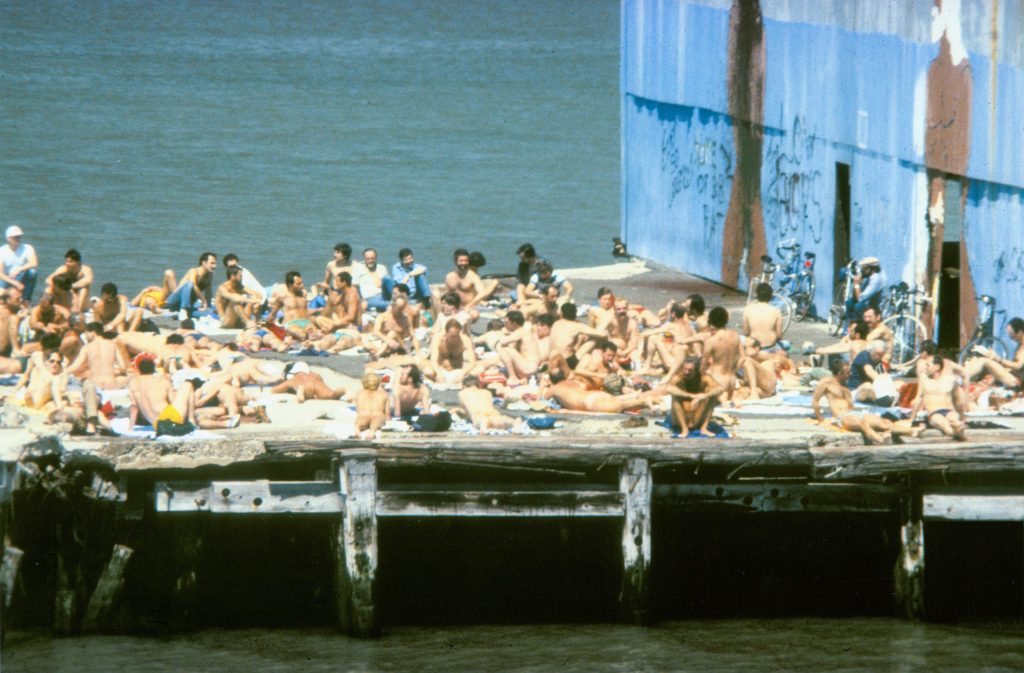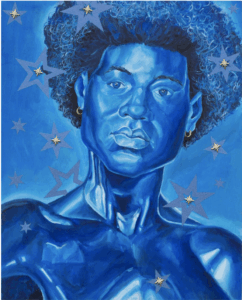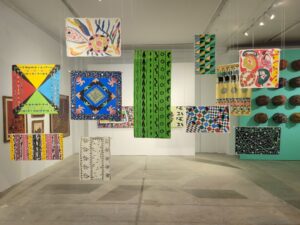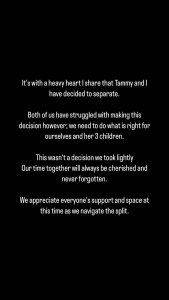When NYC’s Piers Were a Sanctuary for Gay Gathering


This article is part of Hyperallergic’s 2025 Pride Month series, spotlighting moments from New York’s LGBTQ+ art history throughout June.
It’s impossible to recount queer history in New York City without acknowledging the piers — primarily those along the Hudson River waterfront in Greenwich Village. Once central commercial and ocean liner hubs, Piers 34, 45, 46, 48, and 51 had been deserted by the 1960s with the advent of the commercial airline industry and containerized shipping coupled with shifting reliance on New Jersey’s better equipped ports. Though the Manhattan piers were historically a site of gay relations for maritime workers before their post-’60s abandonment, these developments further opened the areas up as underground spaces for cruising and creativity in the coming decades.

Following the 1969 Stonewall Riots, the aforementioned piers became the go-to place for sunbathers, no-strings-attached and semi-public sexual encounters, urban exploration, and unleashed artistic freedom. Peter Hujar, Frank Hallam, Shelley Seccombe, Leonard Fink, Stanley Stellar, and Alvin Baltrop were among some of the candid photographers who documented tan lines and trysts, while visual artists including David Wojnarowicz, Tava (Gustav von Will), Keith Haring, Gordon Matta-Clark, and Andreas Sterzing converted the derelict structures into sites of magnificent, uninhibited murals and environmental art.
While they may have been a haven for unfettered queer proliferation at the time, the piers were by no means safe. Left to crumble, the unmaintained buildings and docks were dangerous to access and rife with vermin. Additionally, the piers were a site of refuge for New York City’s most vulnerable demographics during the ‘70s crime wave — namely teen runaways, gay and transgender people of color, survival sex workers, drug seekers and sellers, and transient people. Those who convened at the piers hesitated to involve law enforcement over fears of being outed, criminalized, or brutalized.

Sadly, pivotal Black transwoman activist Marsha P. Johnson, who frequented the piers to offer shelter and provide material aid to those in need, was found dead in the water near the Christopher Street Pier in 1992, and the circumstances surrounding her death still remain a mystery, although the case was reopened in 2012.
Despite backlash from the city’s queer community, the city destroyed the piers throughout the 1990s and early 2000s and developed the manicured, family-friendly Hudson River Park that suited the gentrification of the West Village. There are still odes to the former piers’ gay and artistic history that were enshrined by the city, including David Hammons’s installation memorializing Gordon Matta-Clark’s “Day’s End” (1975) at Pier 52, but the real stories live on in the memories of those who were there, as well as multiple publications and archives.

Anyone looking for more information and images surrounding the queer history of the city’s piers can get started with art historian and curator Jonathan Weinberg’s Pier Groups: Art and Sex Along the New York Waterfront (2019), the vast archives of the Lesbian, Gay, Bisexual, and Transgender Community Center, and the Leslie-Lohman Museum of Art’s collections.






